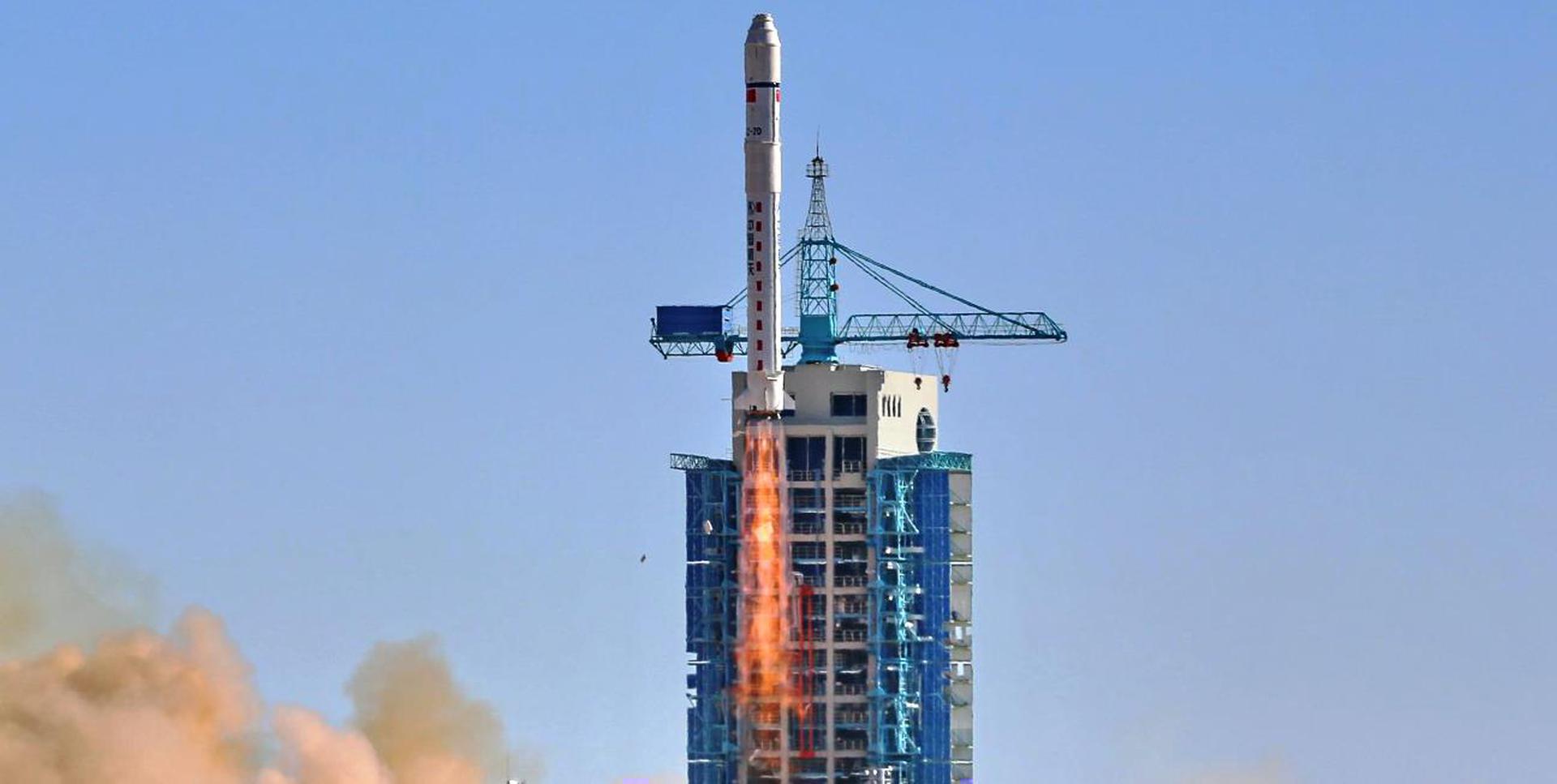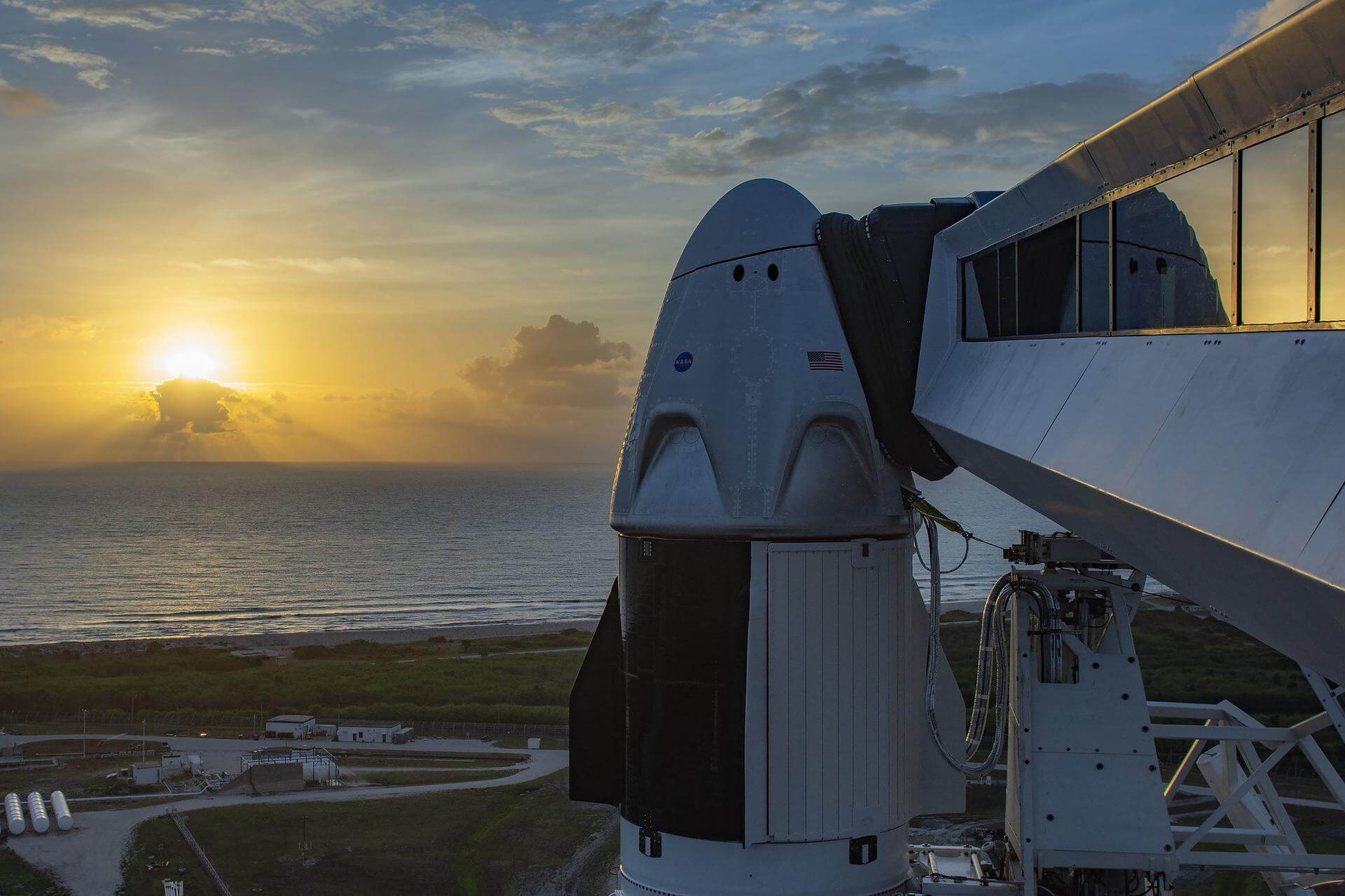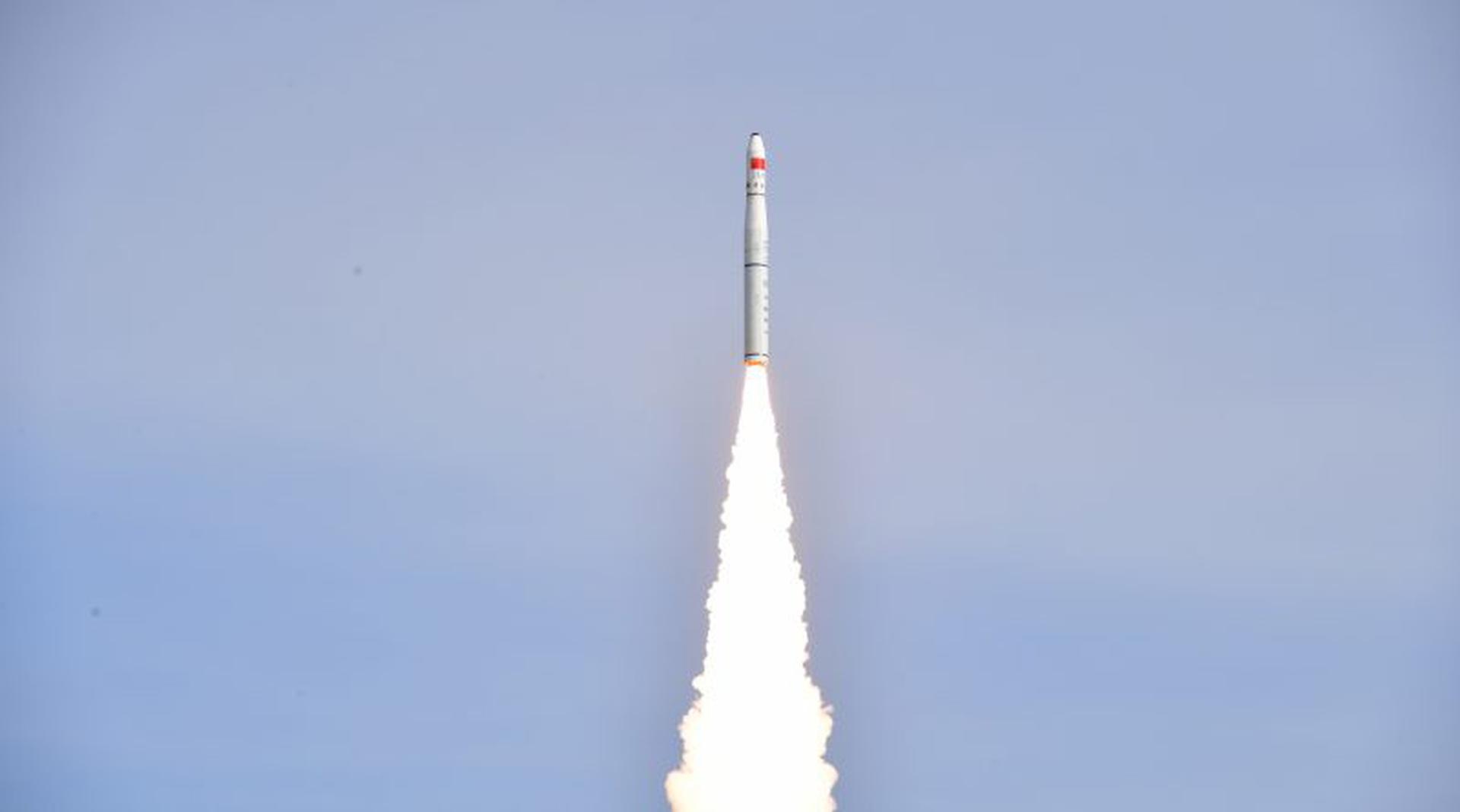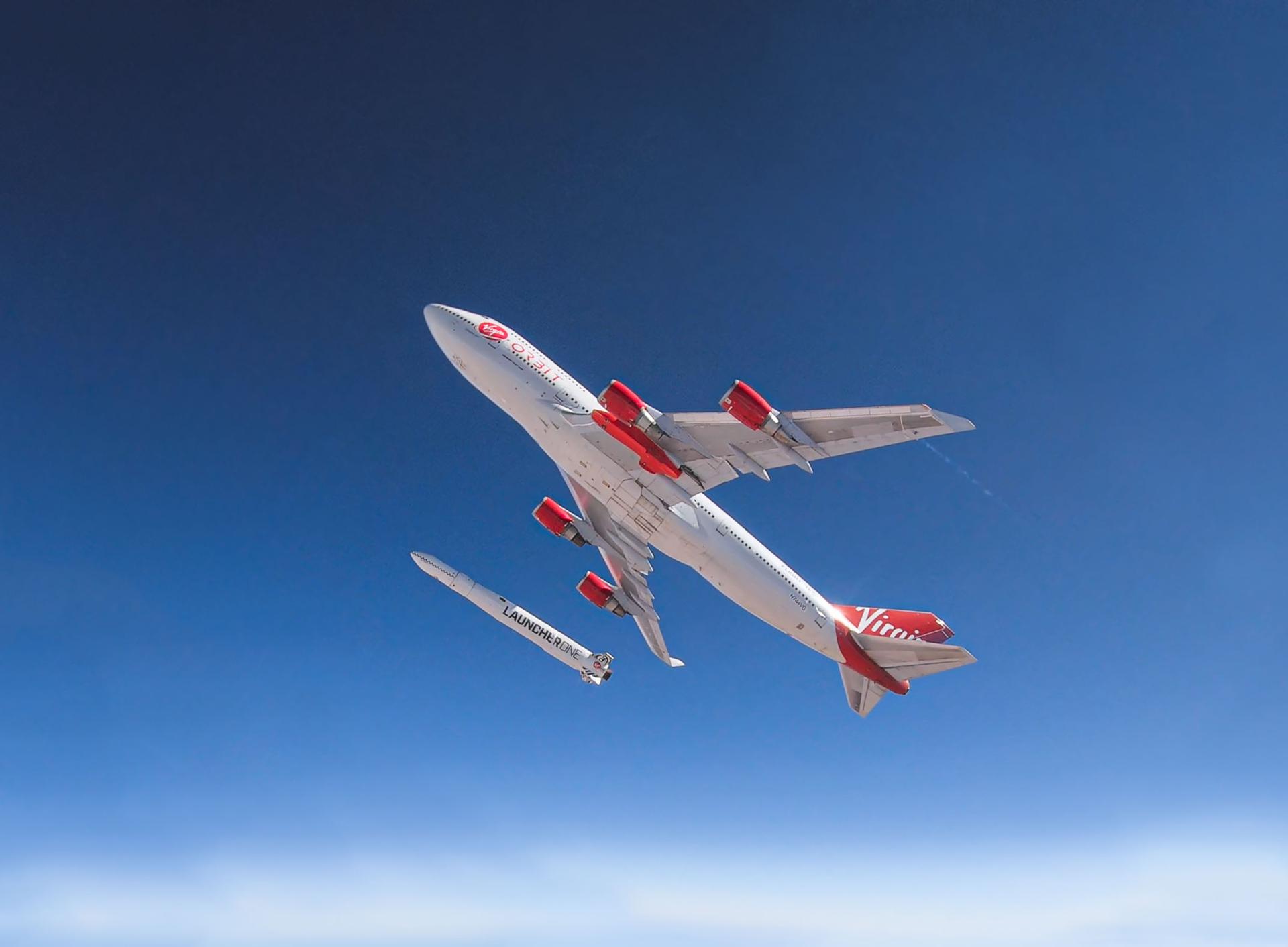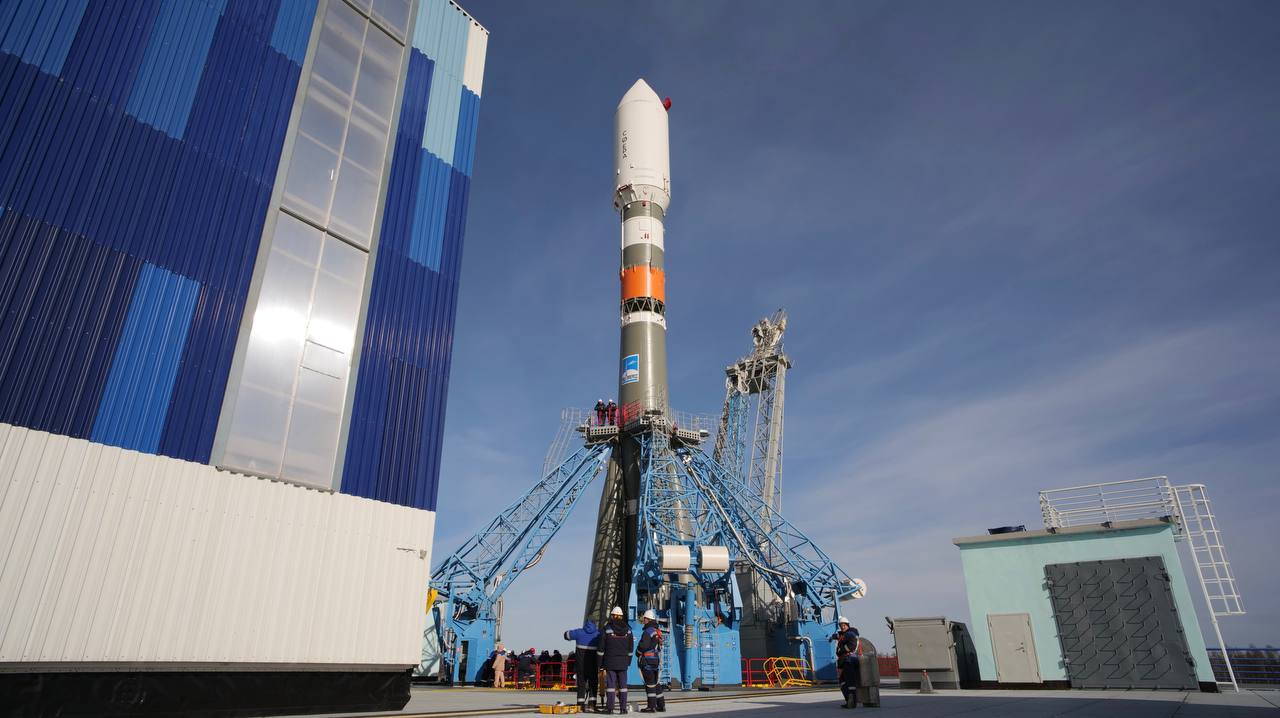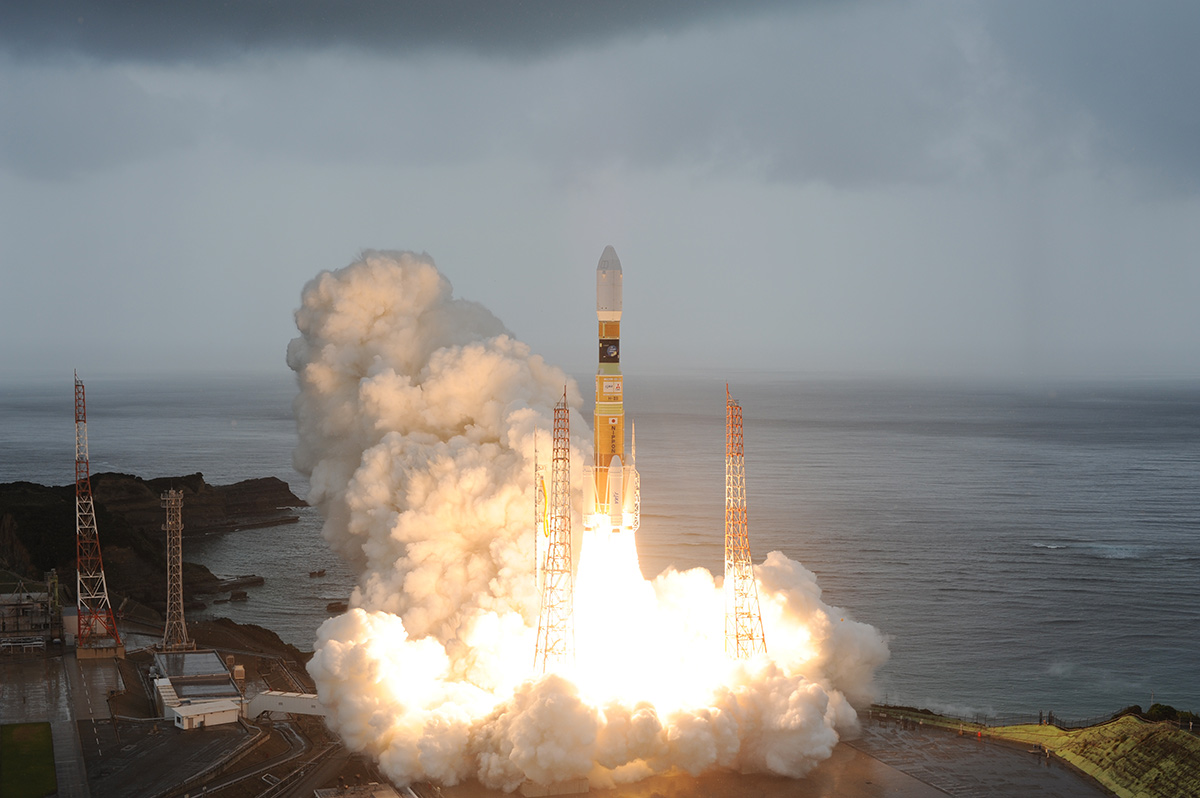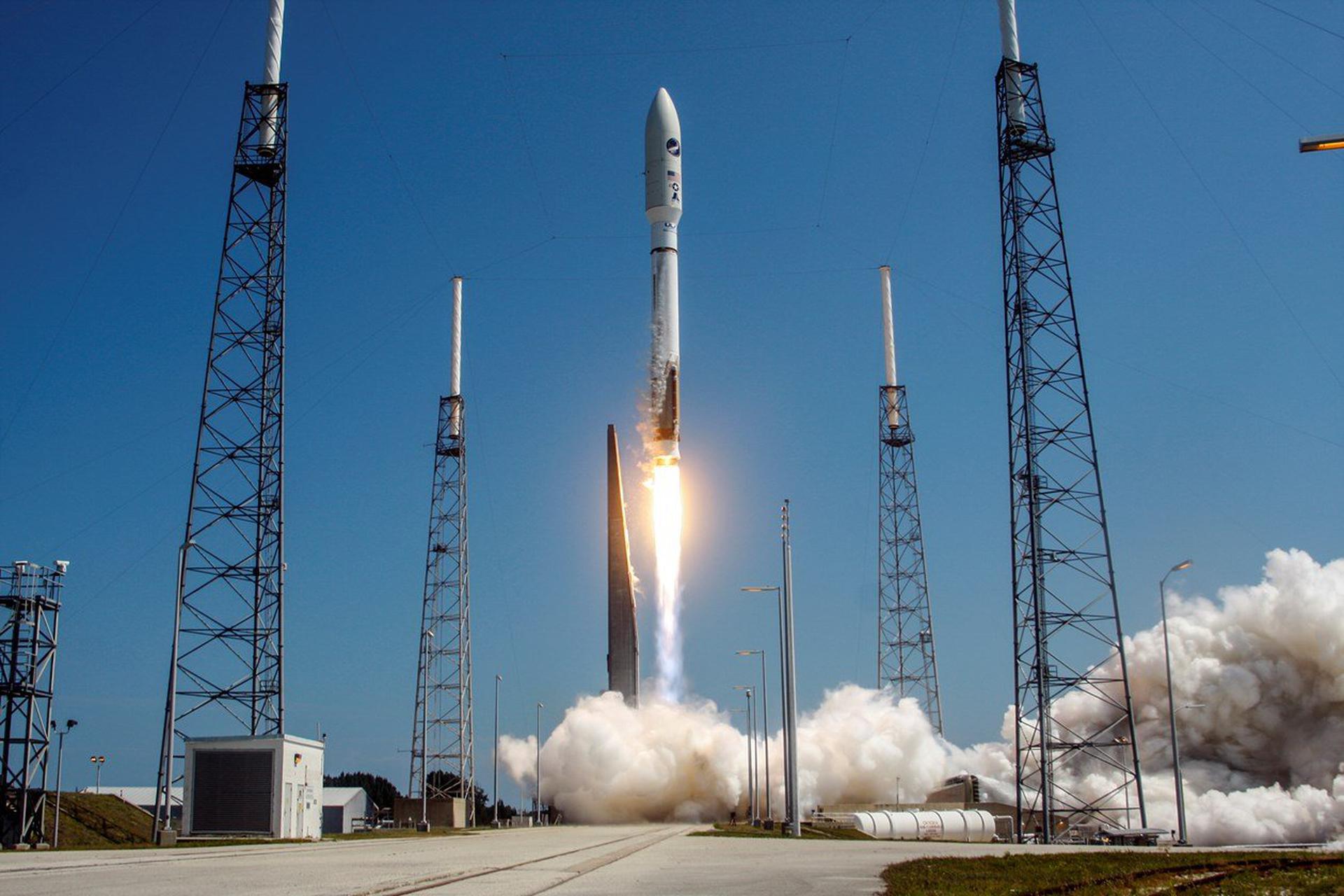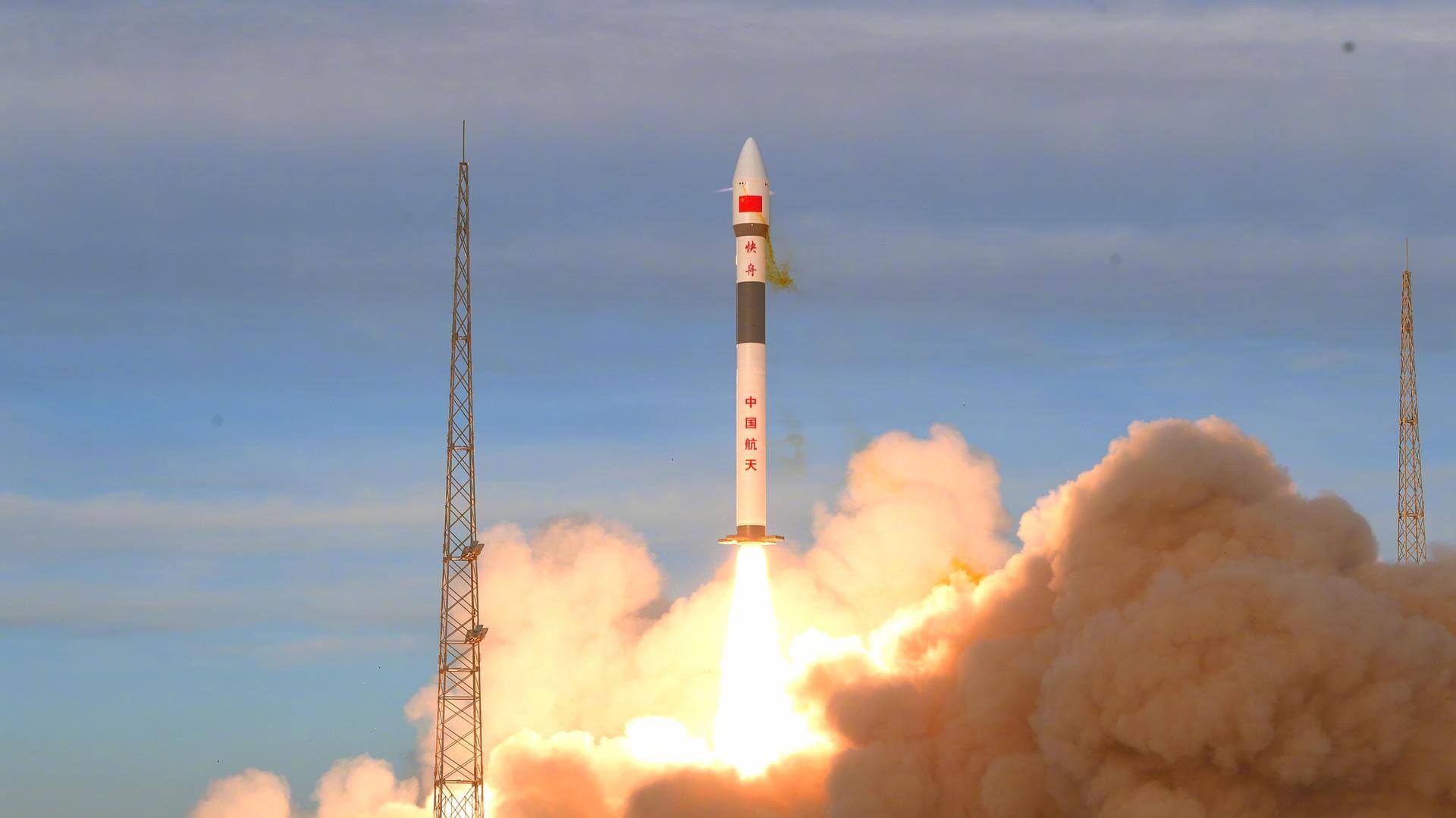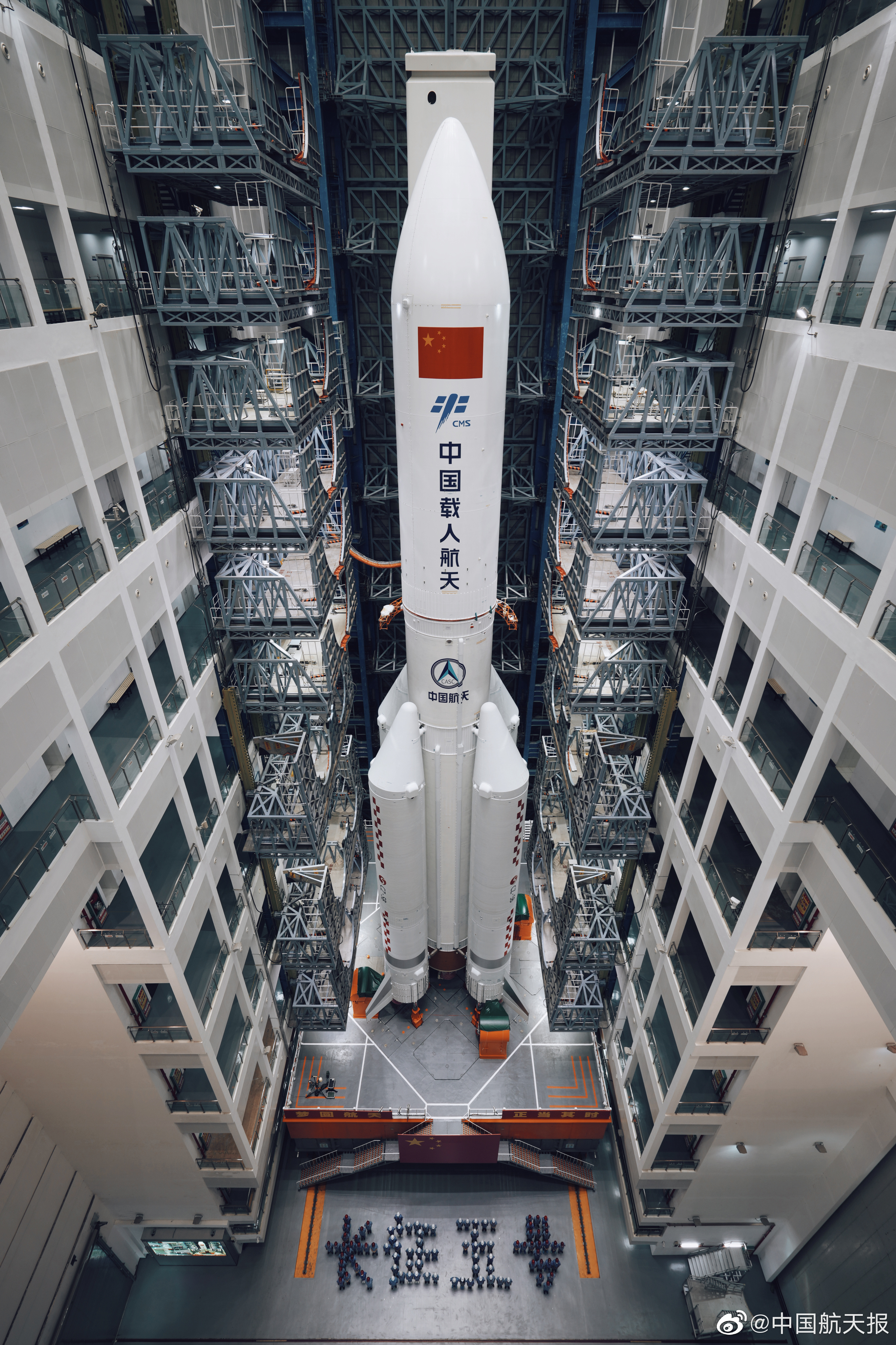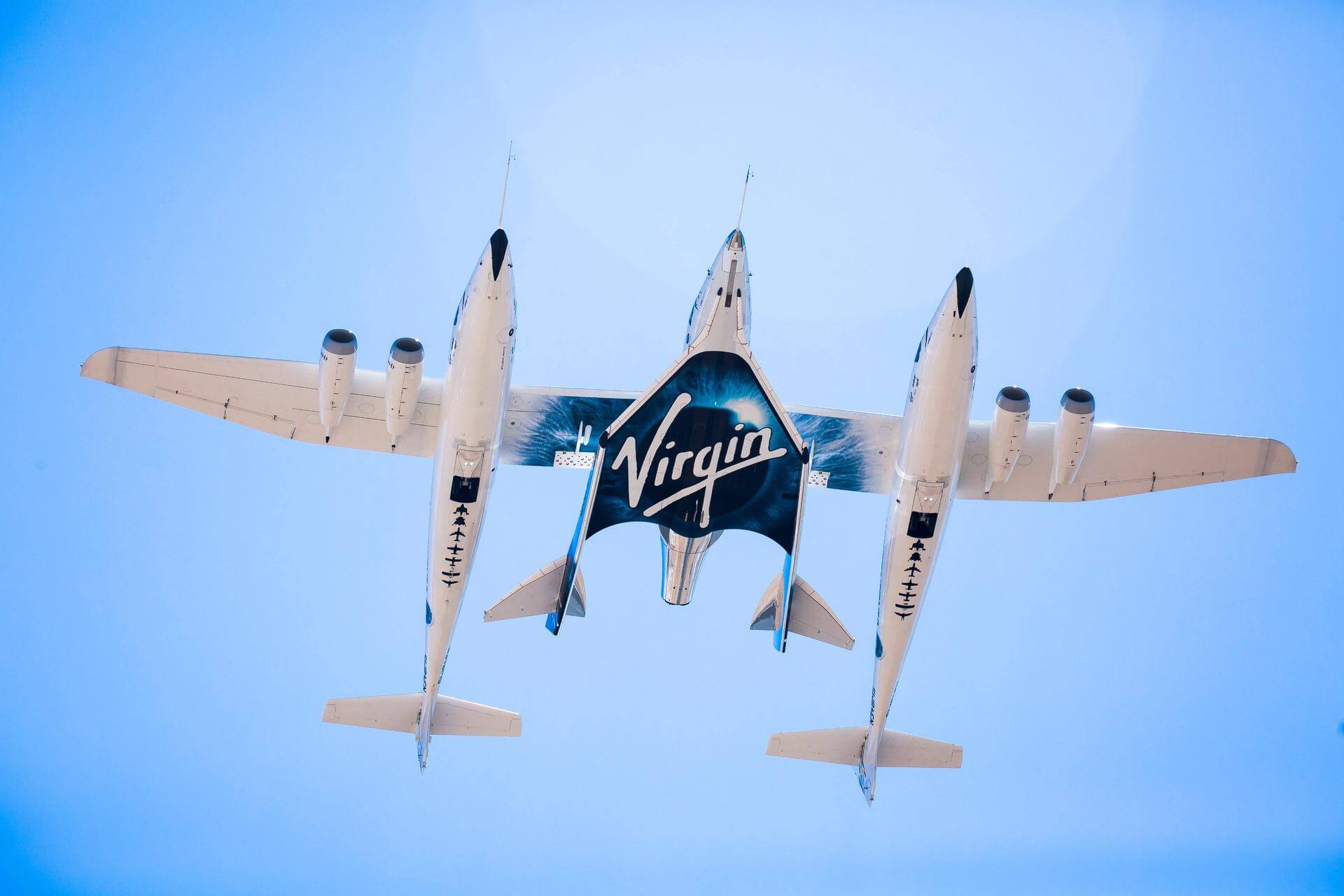Previous Spaceflight Launches
Filter by Agency, Locations or Vehicles
Show All LaunchesLong March 2D | Gaofen-9-02
China Aerospace Science and Technology Corporation | ChinaJiuquan Satellite Launch Center, People's Republic of China
May 31, 2020, 8:53 a.m.
Status: Launch Successful
Mission:
Gaofen is a series of civilian Earth observation satellites developed and launched for the China High-definition Earth Observation System (CHEOS), a state-sponsored programme aimed to develop a near-real time, all-weather, global surveillance network consisting of satellite, near-space (stratosphere) airships, and aerial observation platforms.
Sun-Synchronous OrbitFalcon 9 Block 5 | SpX-DM2 (Demonstration Mission 2)
SpaceX | United States of AmericaKennedy Space Center, FL, USA
May 30, 2020, 7:22 p.m.
Status: Launch Successful
Mission:
A new era of human spaceflight is set to begin as American astronauts once again launch on an American rocket from American soil. The Demo-2 mission is the second test flight of Crew Dragon, and the first flight with crew onboard. It will carry NASA astronauts Robert Behnken and Douglas Hurley to the International Space Station for an extended stay (the specific mission duration will be determined once on station based on the readiness of the next commercial crew launch). They will perform tests on Crew Dragon in addition to conducting research and other tasks with the space station crew. As the final flight test for SpaceX, this mission will validate the company’s crew transportation system, including the launch pad, rocket, spacecraft, and operational capabilities. This also will be the first time NASA astronauts will test the spacecraft systems in orbit. The Demo-2 mission will be the final major step before NASA’s Commercial Crew Program certifies Crew Dragon for operational, long-duration missions to the space station. Current Mission Status: After a successful ride to orbit and stay at the International Space Station, the Dragon Spacecraft successfully made its way back to Earth. Capsule successfully landed in the Gulf of Mexico waters on 3rd August 2020 at 18:48 UTC.
Low Earth Orbit #LaunchAmerica B1058 - Maiden Flight Of Course I Still Love YouLong March 11 | XJS-G & XJS-H
China Aerospace Science and Technology Corporation | ChinaXichang Satellite Launch Center, People's Republic of China
May 29, 2020, 8:13 p.m.
LauncherOne | Launch Demo
Virgin Orbit | United States of AmericaAir launch to orbit
May 25, 2020, 7:50 p.m.
Soyuz 2.1b/Fregat | EKS 4 (Tundra 4) (Kosmos 2546)
Progress Rocket Space Center | RussiaPlesetsk Cosmodrome, Russian Federation
May 22, 2020, 7:31 a.m.
H-IIB 304 | Kounotori 9 (HTV-9)
Mitsubishi Heavy Industries | JapanTanegashima Space Center, Japan
May 20, 2020, 5:31 p.m.
Status: Launch Successful
Mission:
The last H-II Transfer Vehicle "Kounotori" will be launched on an H-IIB 304 launch vehicle, carrying 6,200 kg (13,669 lbs) of supplies and science experiments to be conducted by astronauts aboard the International Space Station. Kounotori 9 will be the last original HTV spacecaft : its successor scheduled to launch in February 2022 will be the first of the new HTV-X version.
Low Earth OrbitAtlas V 501 | OTV-6 (X-37B) (USSF-7)
United Launch Alliance | United States of AmericaCape Canaveral SFS, FL, USA
May 17, 2020, 1:14 p.m.
Kuaizhou 1A | Xingyun-2 01, 02
ExPace | ChinaJiuquan Satellite Launch Center, People's Republic of China
May 12, 2020, 1:16 a.m.
Status: Launch Successful
Mission:
Xingyun-2 01 and 02 are the first two satellites of the planned low Earth orbit constellation being built by Xingyun Satellite company, whichi is a subsidiary of CASIC. These satellites will be used to provide Internet of Things (IoT) communications services. Xingyun constellation is planned to consist of 156 satellites in total.
Sun-Synchronous OrbitLong March 5B | Maiden Flight
China Aerospace Science and Technology Corporation | ChinaWenchang Space Launch Site, People's Republic of China
May 5, 2020, 10 a.m.
SpaceShipTwo | VSS Unity GF08
Virgin Galactic | United States of AmericaAir launch to Suborbital flight
May 1, 2020, 3:14 p.m.
